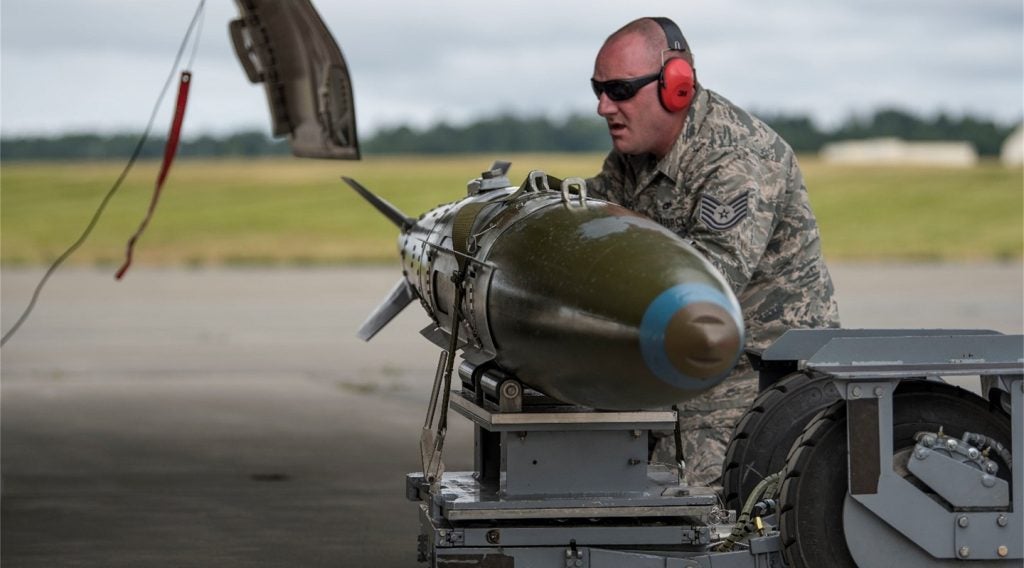
Executive officer of the F-35 Lightning II joint strike fighter (JSF) programme has said that the aircraft development is scheduled to be completed in the autumn of 2017.
According to US Air Force (USAF) lieutenant general Christopher C. Bogdan, the development programme is moving forward while addressing various challenges including incorporating fixes to address the current flight restrictions on lightweight pilots.
Currently, the programme has 419 deficiencies to be corrected. So far, 700 to 800 deficiencies have already been addressed.
Bogdan said: "In the big picture, I would tell you that the programme right now is accelerating, growing and changing."
"The mark of a good programme is you find the problems, you solve the problems and you keep the programme moving forward without derailing it.
"What we’re trying to do right now is work toward that very large $50bn-plus contract and turn that into a modernisation programme."
How well do you really know your competitors?
Access the most comprehensive Company Profiles on the market, powered by GlobalData. Save hours of research. Gain competitive edge.

Thank you!
Your download email will arrive shortly
Not ready to buy yet? Download a free sample
We are confident about the unique quality of our Company Profiles. However, we want you to make the most beneficial decision for your business, so we offer a free sample that you can download by submitting the below form
By GlobalDataThe problems observed in the programme include issues with software, hardware, and the Autonomic Logistics Information System (ALIS).
Bogdan added that due to a possible risk of neck injury should ejection be necessary, lightweight pilots are restricted from flying the F-35s.
For a pilot weighing between 103lb and 136lb, the odds of that person having to eject and then being injured in the ejection are one in 50,000.
The changes being implemented include a ‘heavy / light’ weight switch and when in the ‘light’ position, the seat would delay the parachute’s extraction by milliseconds if the pilot had to eject, so the shock and stress on the neck would be reduced.
As part of the programme, a restraining device also was sewn into the risers behind the parachute so that if a lightweight pilot were to eject at a ‘weird angle’ it would stop the pilot’s head from going backward.
The head restraint and the seat switch have been tested, and they work, adding that those fixes are ready to go into the field and in production by the end of this year.
In addition, the helmet’s weight has to be reduced from 5.1lb to between 4.6 and 4.8lb.
Bogdan noted that the USAF’s announcement to buy 43, rather than 48 F-35s in fiscal 2017 is ‘almost a non-news event’. He explained that the intention is to defer purchases, not cut aircraft.
The programme is aimed at delivering more than 870 airplanes over the next six years.
Image: A US Air Force pilot navigates an F-35A Lightning II aircraft. Photo: courtesy of MSgt John Nimmo Sr.







